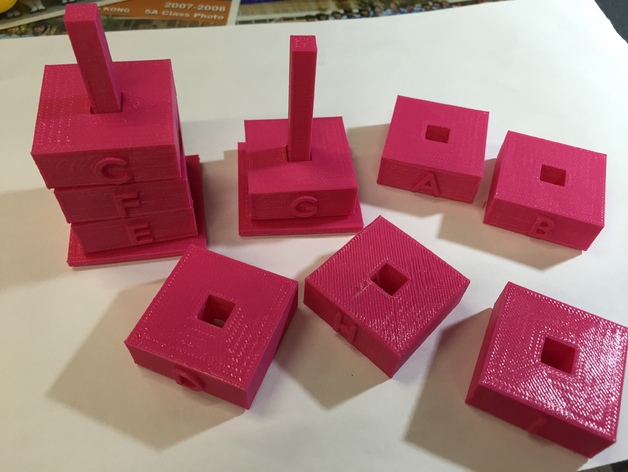
Stack Data Structure Model
thingiverse
The fundamental components of this data construct are layers and units. The data unit itself may contain any amount of information, ranging from mere bits to lengthy pieces of knowledge that might occupy a considerable part of an enormous library. When all the data units in a layer fit perfectly inside it without leaving out a single one, then the entire data is referred to as a stack. In this configuration, units above must adhere to two significant rules: each unit has to fit within the next lower unit; there cannot be empty units beneath any filled unit. As mentioned before, if one unit sits upon another then together they constitute a layer. For data to qualify as a complete and self-contained set or collection it needs both layers on top of each other where one rests snugly in the other and no layer remains without being part of either an uppermost unit of an inferior stack. A human's primary interest with stacks often stems from operations related to insertion, retrieval (i.e. getting things off), deletion, as well as finding or counting something present somewhere deep down inside layers - hence its applications in daily routine life activities involving management or collection maintenance, also relevant within computer systems processing inputted orders sequentially during calculations or simply organizing various lists following predefined priorities for handling these types quickly when faced urgent requests while maintaining efficiency standards.
With this file you will be able to print Stack Data Structure Model with your 3D printer. Click on the button and save the file on your computer to work, edit or customize your design. You can also find more 3D designs for printers on Stack Data Structure Model.
